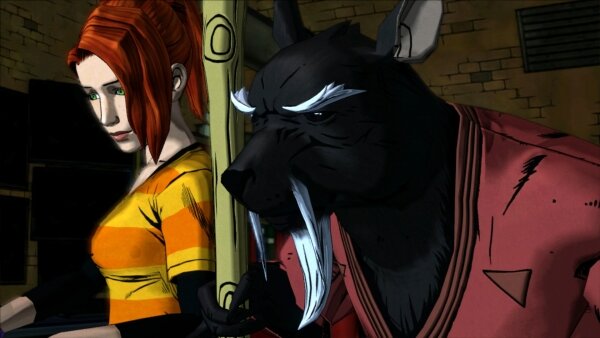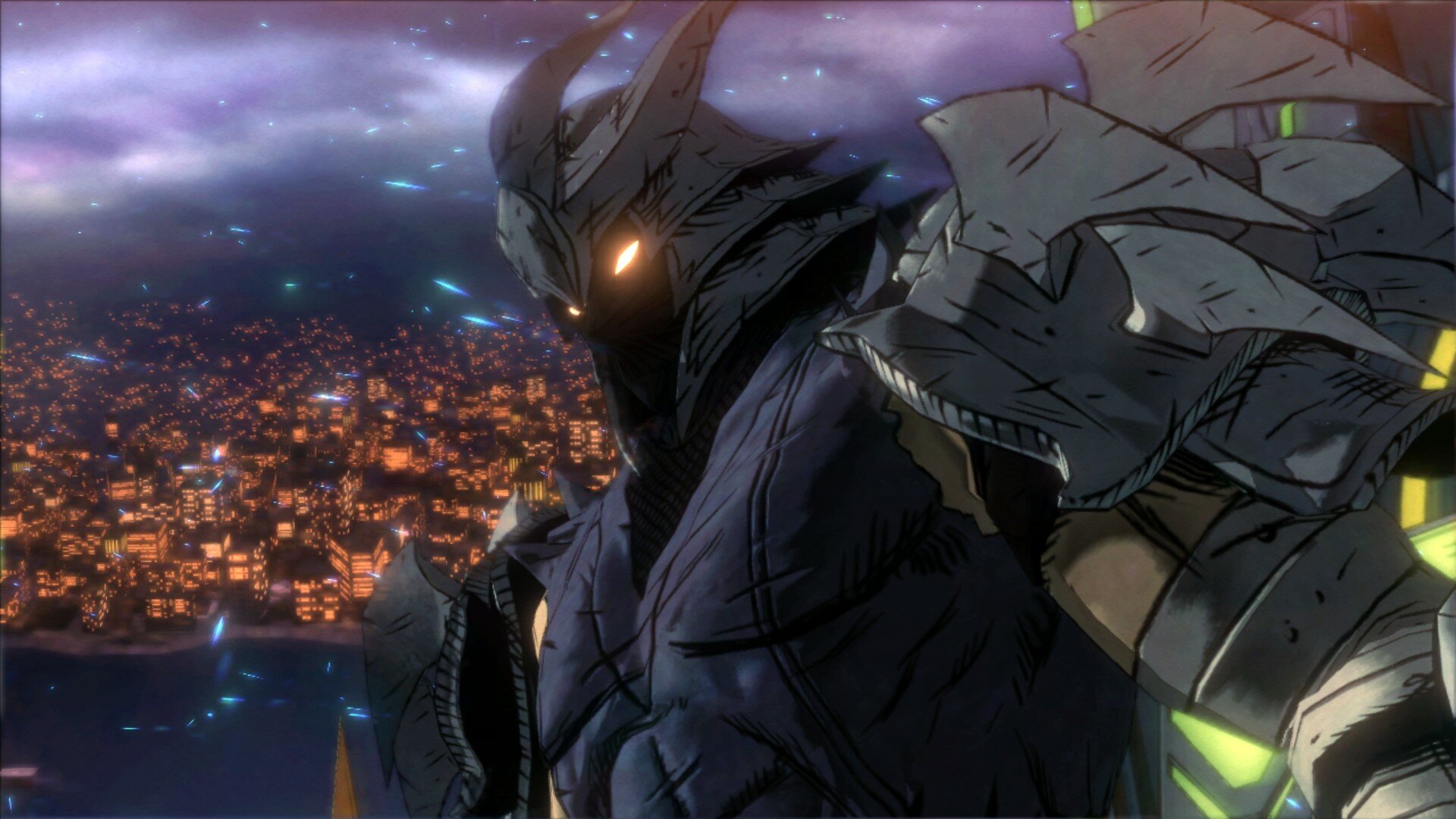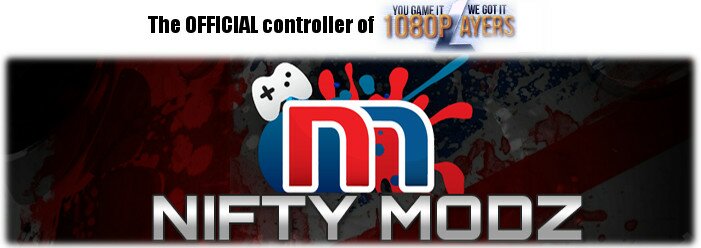Game - Teenage Mutant Ninja Turtles: Mutants in Manhattan
Platform - Xbox One (reviewed), Xbox 360, PS3, Ps4
Developer/Publisher - Platinum Games, Activision Blizzard
Release date - May 24th, 2016
Price - $49.99
TMNT: Mutants in Manhattan is Platinum's foray into the Ninja Turtles universe. Shortly after releasing Transformers: Devastation, the developer continued the same cel shaded gameplay with the heroes in a halfshell. If you're familiar with Platinum Games, the two button combat system will seem familiar. As the norm, there are not too many basic maneuvers with most of the action coming in the form of special and co-op attacks.
What sets Mutants in Manhattan apart from other Platinum games, as well as Ninja Turtles games in general, is the focus on the co-op style of gameplay. Each of the turtles can unleash their own, individual special attack. These can be combined with other turtles in single player for devastating combos. The experimentation I found was key as each enemy type, and especially bosses, require different maneuvers in order to defeat. Leonardo can slow down time, Donatello can insta-heal teammates, Mikey uses a dance move to restore your special ability meter and Raph makes use of a stealth feature to stay undetected. Deciding when and where to switch between turtles in combat is a key strategy, and it takes a bit of getting used to. During the boss fight Beebop (first boss), I opted to control Leonardo (my favorite turtle) primarily. A user HUD on screen shows how much health your other turtles have at all times. These are A.I. controlled and they don't always maneuver the way you would as a result. At a certain point, I switched to Donatello to heal my teammates and immediately switched back to Leo and slowed down time. This allowed me to move much quicker and inflict more damage as a result. Once my meter ran out, a quick flip over to Mikey allowed me to recharge it and slow down time again. All seemed to be going well until about halfway through the fight. That's when Rocksteady showed up to help out his buddy Beebop. We found out afterwards that this occurs on the hardest difficulty setting, and alters the way you have to approach the rest of the fight. We had to switch between turtles faster and change the way we attacked with a second boss on screen. Many previous Ninja Turtles games only allow you to control one turtle per level, so we appreciated the creativity and experimentation allowed by the current setup in Mutants in Manhattan.
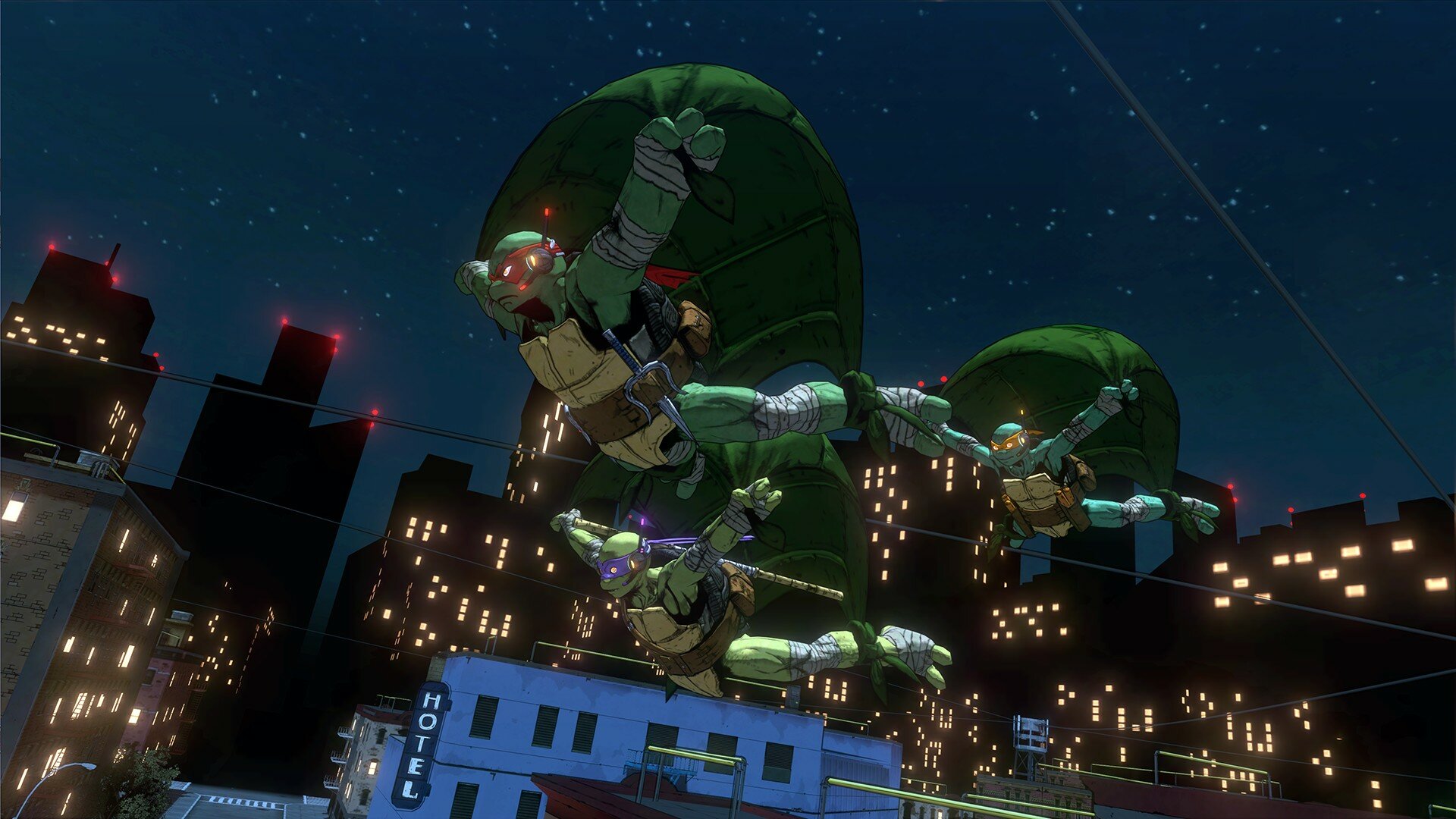
Coming into the game, I was excited to see how the new somewhat open world setup would play out. Mutants in Manhattan uses a combination type style similar to the Batman Arkham series. Some parts you are free to roam around New York City defeating enemies and searching for collectibles, while other times you'll be fighting your way through a straight forward tunnel. The newly added feature of allowing the turtles to run up buildings was an extremely beneficial addition with such high buildings all over the city. April O'Neill communicates with you via radio and informs you of enemies/quests in the area. These open world parts are where the co-op turtle switching really shines as you are allowed to use the environment to augment your attacks. Jumping onto a street light lets you swing around it to kick enemies. You can ricochet yourself off of buildings. You can even thrown an enemy into the air with one turtle, switch to another and unleash a special move on the hapless enemy. Mutants in Manhattan isn't just a button masher either as the turtles seem to be aware of their surroundings. Voice acting lets you hear how the turtles are doing as they comment (sarcastically of course) on how cool the move was that they just used. This served a twofold purpose in the game. Not only did it force you to experiment to see what funny line the turtles would throw out next, but also served to act as a distraction on some of the more repetitive levels. One level, for example, was simply a straight forward tunnel. There were multiple waves of enemies followed by a boss, which resulted in some monotonous gameplay at times. Of course, this is all part and parcel of the TMNT franchise so it wasn't necessarily a bad thing. The voice acting and quick one-liners on the other hand did help pass the time in these levels as you tried to see what you could do next in order to hear that classic Mikey joke.
The leveling system in Mutants in Manhattan utilizes a slight twist on a similar setup. As you play on, your individual character level increases which lets you unlock new Ninjitsu abilities. There are also charms that you can equip that grant you special abilities as well. Here is why it's best to play on the hardest setting. The amount of charms you can equip is dependent on which gameplay difficulty you choose. The hardest setting not only allows the most charms to be equipped, but also helps you earn XP much faster. Since there are more enemies and you can more XP for each one, the Ninjitsu abilities become unlocked faster which definitely helps in the later levels. The easy difficulty is simpler, but it takes more time to unlock the abilities and felt as a bit of an unnecessary grind in order to unlock the abilities. After all, I didn't feel it was necessary to grind for XP in order to unlock abilities that I did not require to beat the level. One of Leo's abilities is a dual katana spin attack where he unleashes a tornado like move on surrounding enemies. Like most of the special abilities in the game, you are immune to damage while using them. As you progress in the game and the enemies become much harder with requiring new methods to defeat them, these unlocked abilties and immunity aid in completing the level. Abilities can even act as a defensive maneuver as well. At one point, I was having trouble with a rather annoying boss who used an attack that was hard to avoid. Once I began using my special as he was attacking, it helped. Even though I couldn't damage the boss, I couldn't receive damage myself, so it allowed me to pick up right where I left off before he attacked.
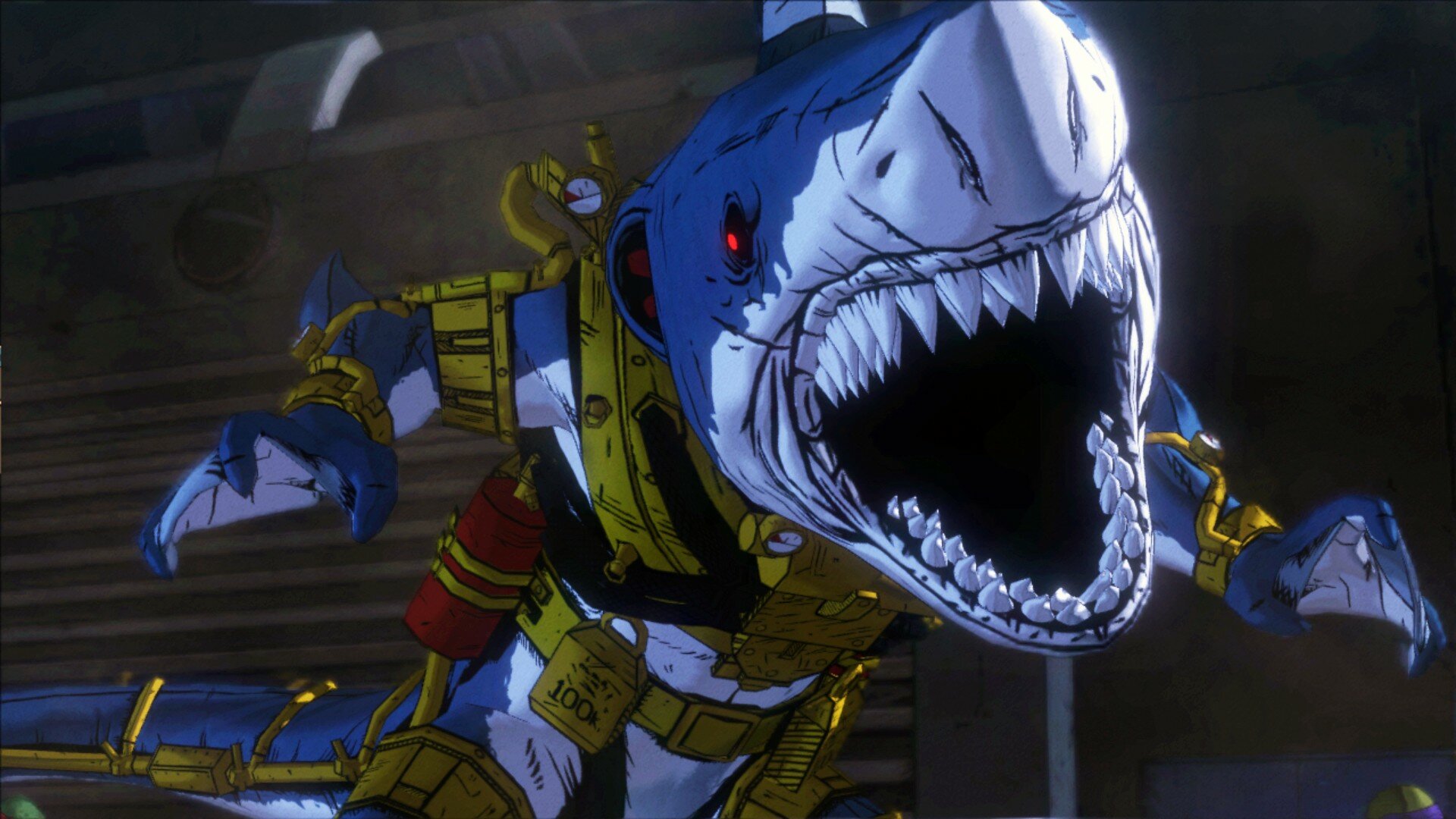
Co-op is incredibly fun and is absolutely recommended if possible to grab three extra friends. Each player controls an individual turtle, but communication is essential. Even with four players, at some points certain levels became harder than while playing solo. The reason being is each special ability requires players to execute the command independently. For example, I used the slow time ability while controlling Leo and a teammate was controlling Raph. At first, I didn't tell him I was using the ability and he kept attacking as normal. Mikey's player then used the cheerleader ability to recharge our abilities and I executed the slow time again. This time, I let Raph know when I was going to use it, and he was able to use his stealth and turbo ability at the same time. Because of this, Raph was able to wipe out all of the enemies due to his increased speed, lack of detection and slowed time from my ability. It's teamwork like this that really makes Mutants in Manhatttan enjoyable, not to mention a lot of friendly bantering back and forth on "who screwed up the combo".
The cel shaded technology in Mutants in Manhattan is done very well. We didn't find any staggered edges in the animation or graphics, and it truly did appear as if we were part of an animated comic book during gameplay. All of the characters move smoothly and don't portray any choppy movements. The cinematic cut scenes stayed true to the comic book form of focusing on either the background or foreground. Whichever was not the focus at the time was intentionally left less detailed in order to let the focused portion stand out. Those who have read comic books will see the resemblance, but those who have not should remember this is intentional and not the result of flawed design.
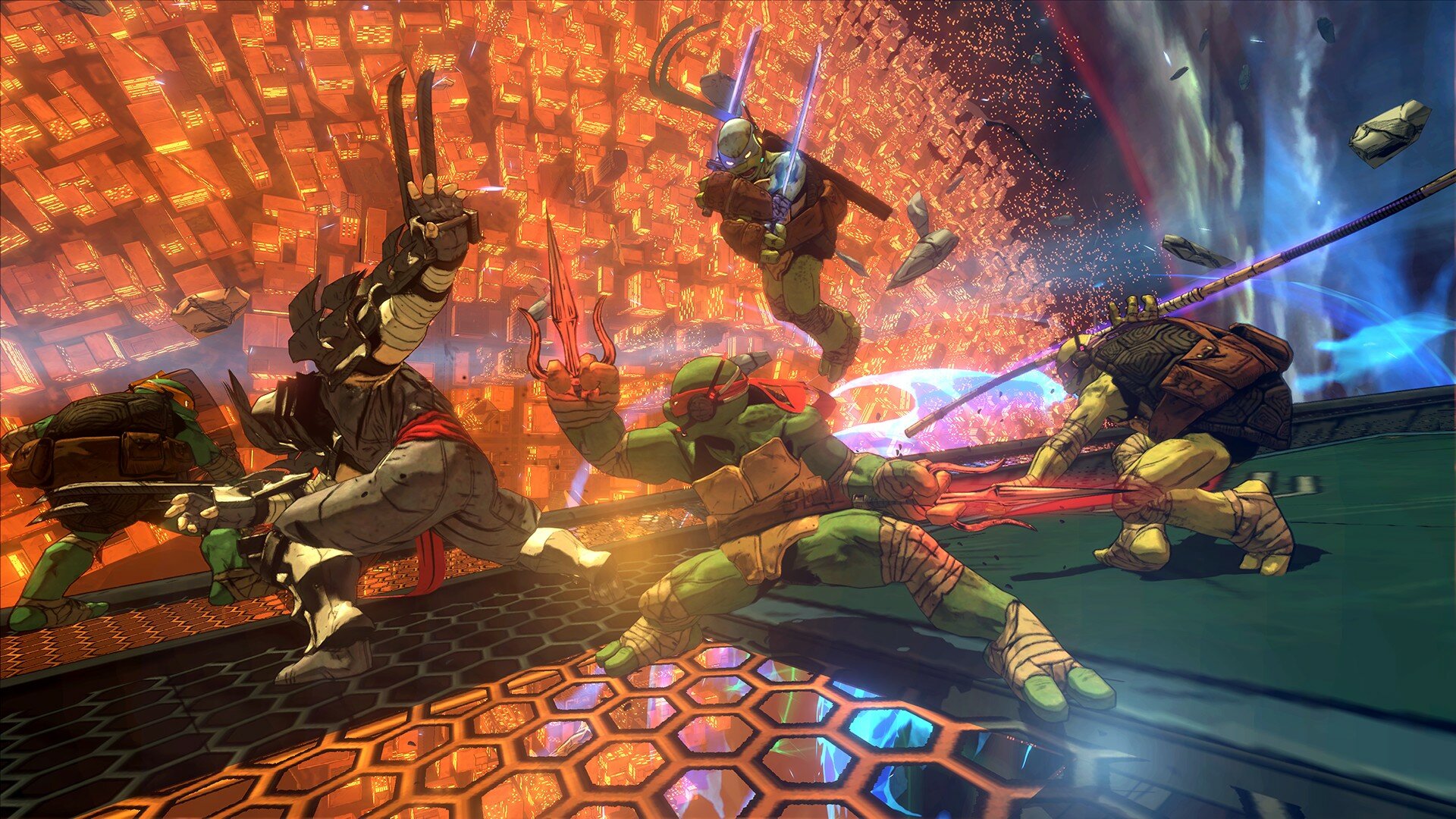
Platinum stayed true to the history of TMNT by opting to go with pizza for health. When a turtle "dies", a teammate needs to revive him within a certain amount of time. There are unlimited amounts of revivals, but the time needed isn't always easy if you're in the middle of a brawl. Should the time run out, the downed turtle will be transported to a "pizza room". Here you will have to complete a pizza-centric mini-game in order to get back into the fight. These are easy and don't take much time, but they are definitely enjoyable and fun to take part in. Add in the fact of your teammates screaming at you to hurry up, and it makes for a pretty inclusive experience.
Overall, TMNT: Mutants in Manhattan is a solid brawler focused around co-op, but also enjoyable and easy to manipulate while playing solo. Every level has hidden collectibles you can find, you can lock on enemies in order to focus your attacks and of course, there is just the good ole' fun of TMNT. Ninja Turtle games are somewhat difficult to "get right" as it requires a careful blend of allowing gameplay with all turtles while not removing the solo factor altogether. The upgrade system and gameplay setup present in Mutants in Manhattan accomplished this, and both Platinum Games and Activision succeeded in creating a well balanced TMNT game that would appeal to most gamers.
Digital code provided by Activision on Xbox One
